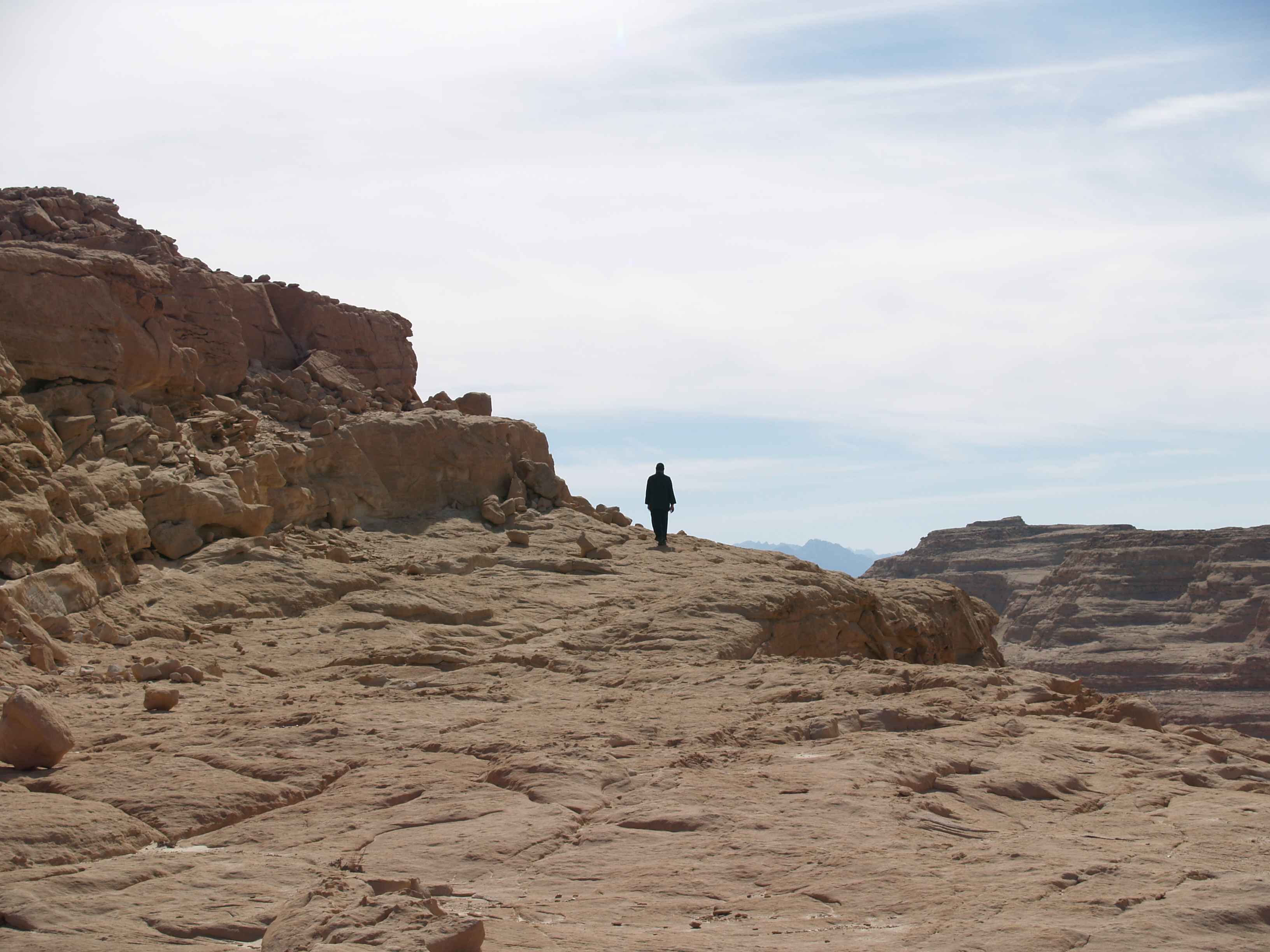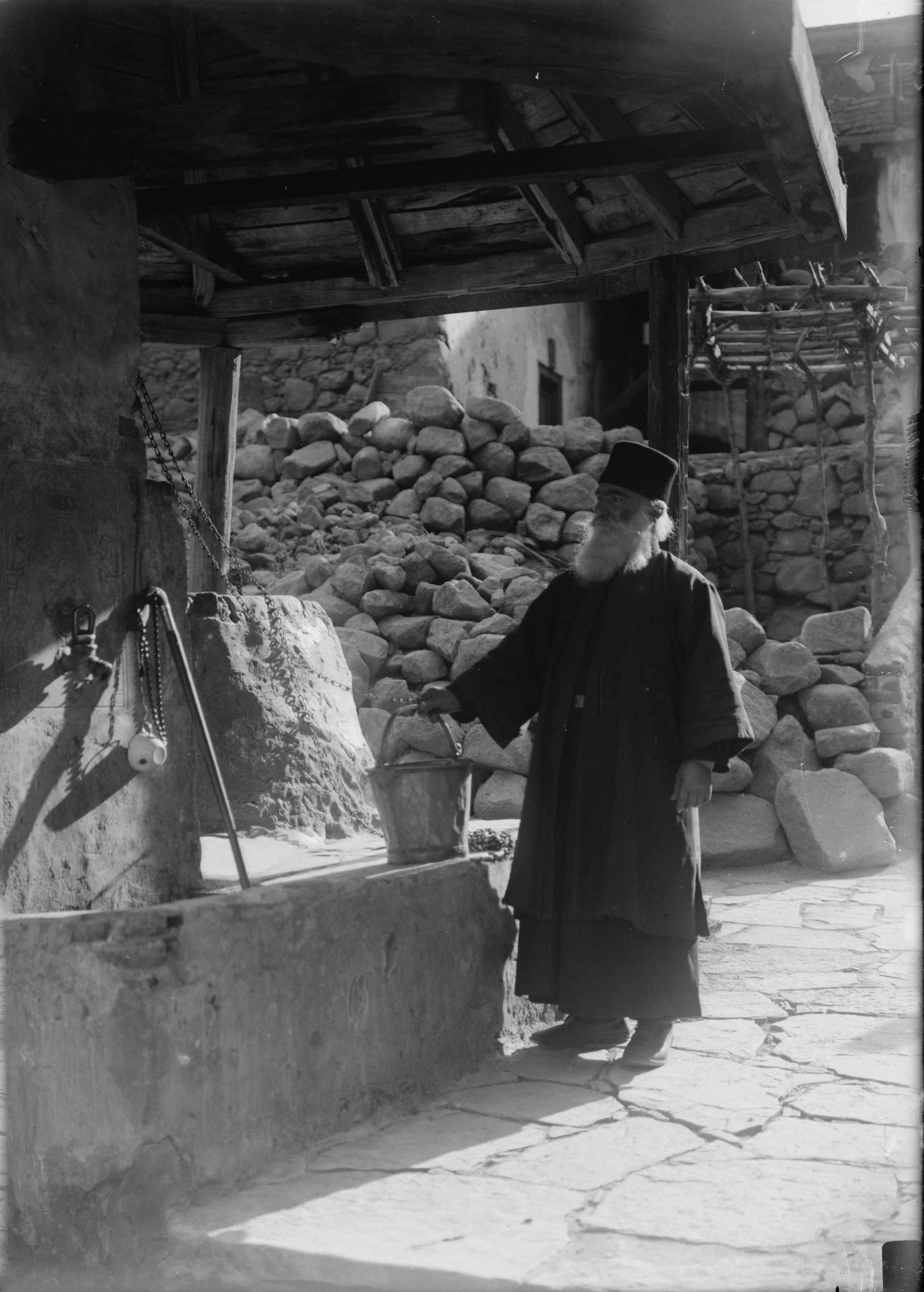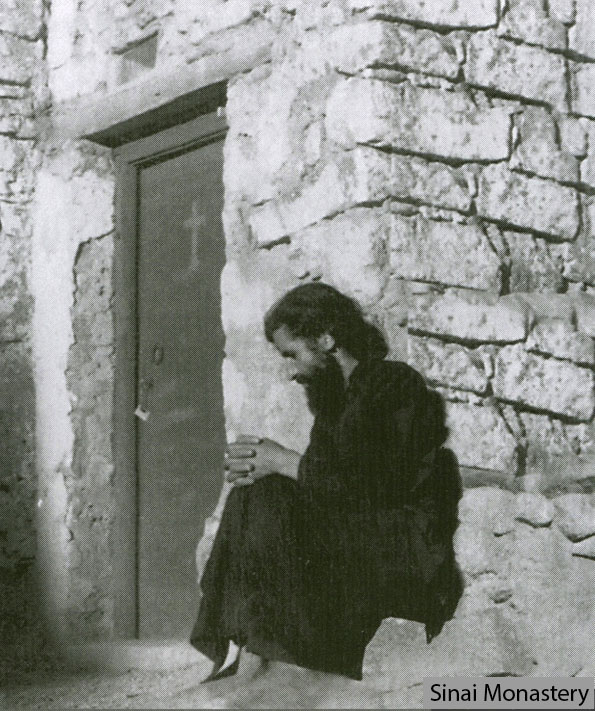SINAI ASCETICISM

The desert, bereft of material fruits, has ever shown itself rich in spiritual fruits. These spiritual fruits have flourished in the Sinai desert from the fourth century even unto our own day. It is said of the fourth century that the cities became a desert, and the desert was turned into a city. From that time, ascetics gathered at the site of the Burning Bush and the chapel dedicated to the All-holy Virgin Mary, established with the support of Saint Helen, withstanding both deprivations and destructions.

Their labors, their achievements, their tears, humility, and love, are for the most part known only to God. But the names of many have been preserved, as have the examples of their lives and the wisdom of their writings.

During the course of Sinai monasticism extending over seventeen centuries, the monks have dwelt in caves, cells, and monasteries. They have become teachers, missionaries, bishops, and even patriarchs. Thus the spirituality of Sinai extends from the ideals of mortification and asceticism to the more outward ministrations of missions, teaching, and spiritual leadership. But the beginning and goal of each has been spiritual prayer and purification, leading to union with the Triune Godhead.




